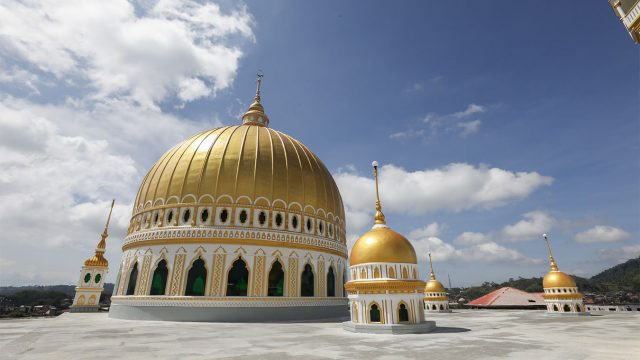Marawi City, located in the Southern Philippines, was once a bustling city and a center of trade and commerce. However, in 2017, the city was plagued by a violent siege carried out by Islamic extremists. The five-month-long conflict resulted in the death of more than a thousand people, and the displacement of over 200,000 residents.
The city’s infrastructure and properties were heavily damaged, and the local government faced a daunting task of rebuilding the city. But, with the help of the national government, international aid, and the resiliency of its people, Marawi is on its way to restoration.
The Government’s Role in the Marawi Rebuilding Efforts
The government has been working tirelessly to rebuild Marawi City since the end of the siege. The national government allocated PHP 78 billion for the rehabilitation of the city, with the goal of restoring its infrastructure, basic services, and the social and economic welfare of its citizens.
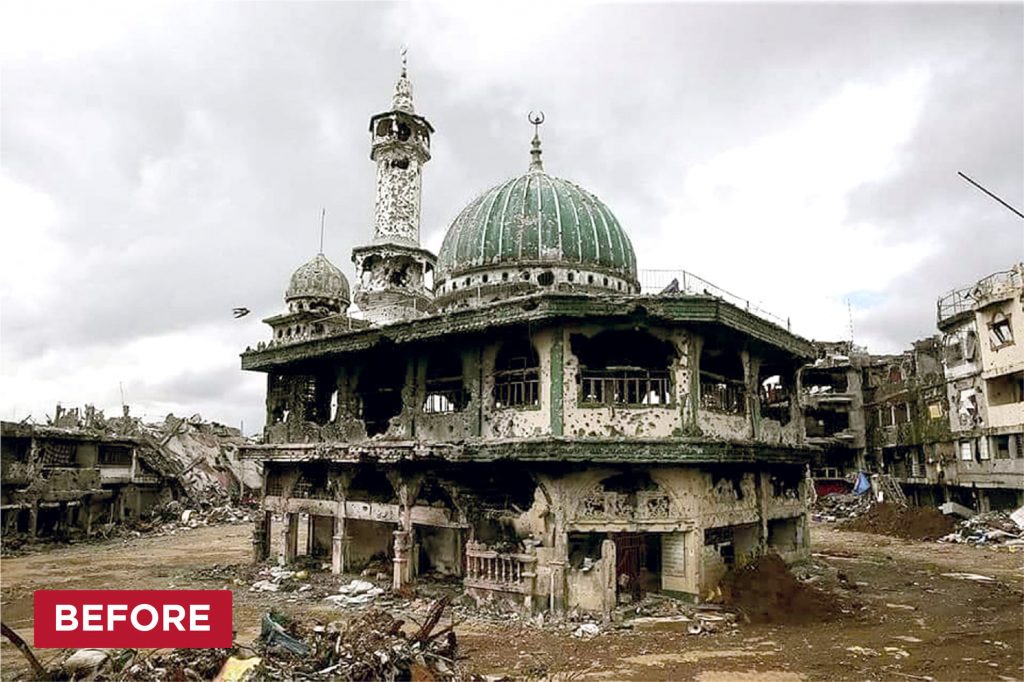
One of the main efforts of the government is to rebuild the damaged infrastructures, which include homes, schools, and public facilities. The government’s efforts are focused on reconstructing a sustainable city that will not only serve as a home for its citizens but also as an attractive destination for tourists and investors.
Aside from reconstruction, the government is also working on providing basic services to the city’s residents. The government has been delivering basic services such as health care, education, and livelihood programs to support the city’s residents and help them get back on their feet.
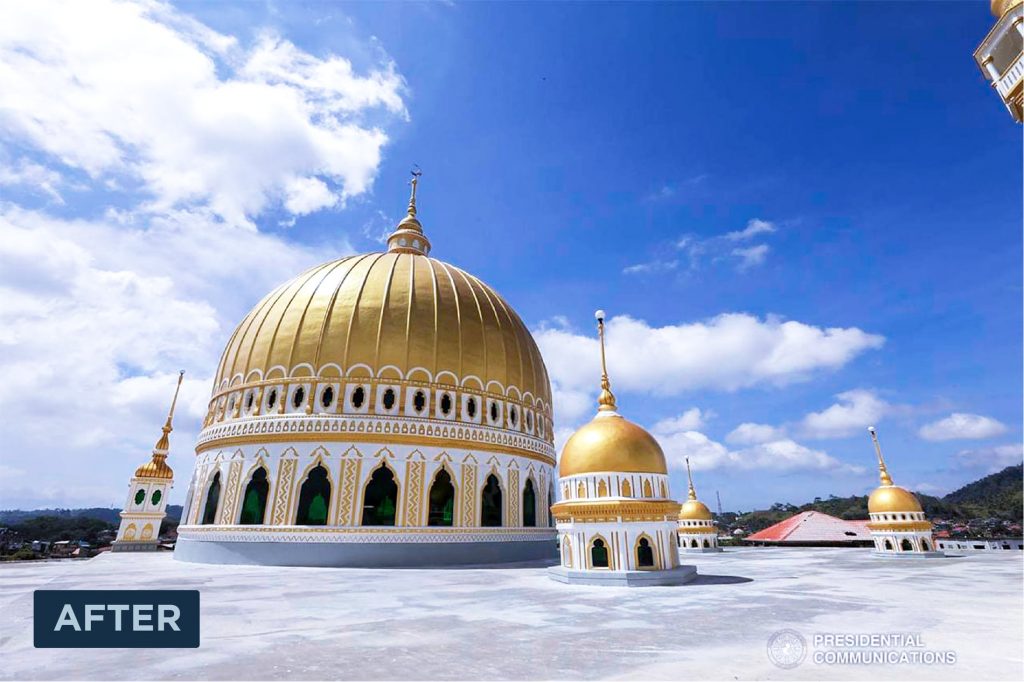
The government’s efforts also include addressing the root causes of the conflict in the city. The government recognizes the importance of addressing the socio-economic disparities and grievances that led to the conflict in Marawi. Hence, the government is implementing programs aimed at promoting social cohesion, interfaith dialogue, and economic development to create a more inclusive and peaceful society.
International Aid and Partnerships
The government’s efforts in rebuilding Marawi City have been greatly supplemented by international aid and partnerships. Several countries and organizations have extended their support to help rebuild the city, including the World Bank, the Asian Development Bank, and the United Nations Development Programme.
One of the notable international partnerships in the rebuilding of Marawi City is the Marawi Recovery Project. The project is a joint initiative of the Philippine government and the United Nations Development Programme (UNDP) that aims to provide livelihood opportunities to the city’s residents. The project provides training, equipment, and support to help the city’s residents establish their own businesses and earn a decent living.
In addition, several private companies and organizations have also extended their support to help rebuild the city. For example, the Marawi Reconstruction Conflict Watch (MRCW) is a private organization that monitors the rebuilding efforts in the city and provides recommendations to improve the government’s efforts.
The Role of the Community
The Marawi siege was a traumatic experience for the city’s residents, but it also brought the community together. The city’s residents have shown remarkable resilience and strength in the face of adversity. The community has played a crucial role in the rebuilding efforts, as they are the ones who will ultimately benefit from the government’s efforts.
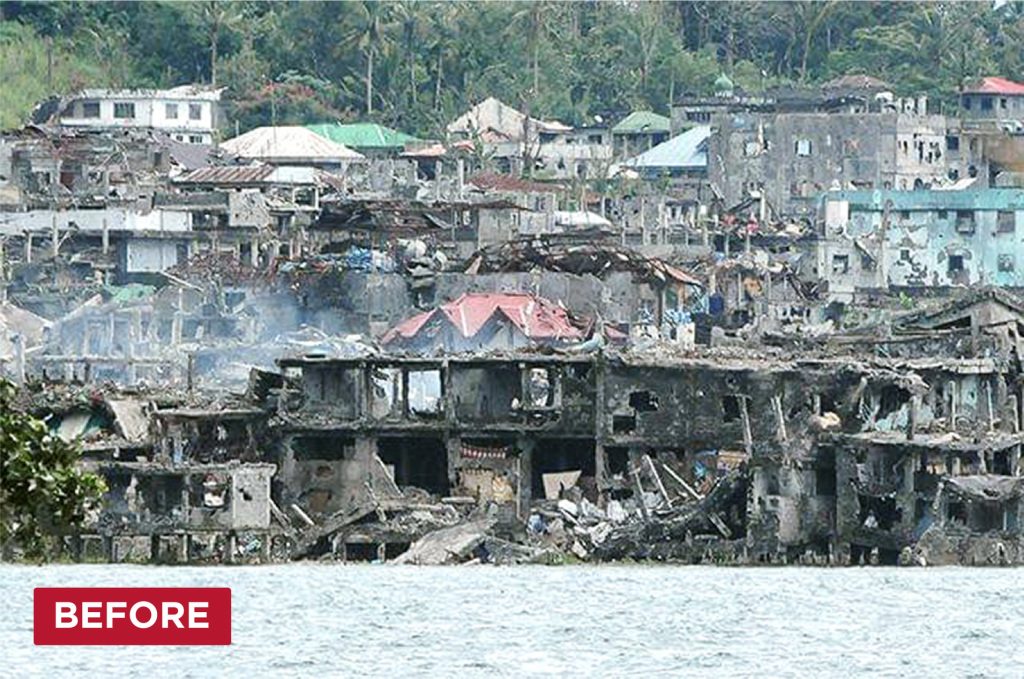
The government recognizes the importance of the community’s involvement in the rebuilding process. Hence, the government has been working closely with the local leaders and residents to ensure that their needs are heard and addressed.
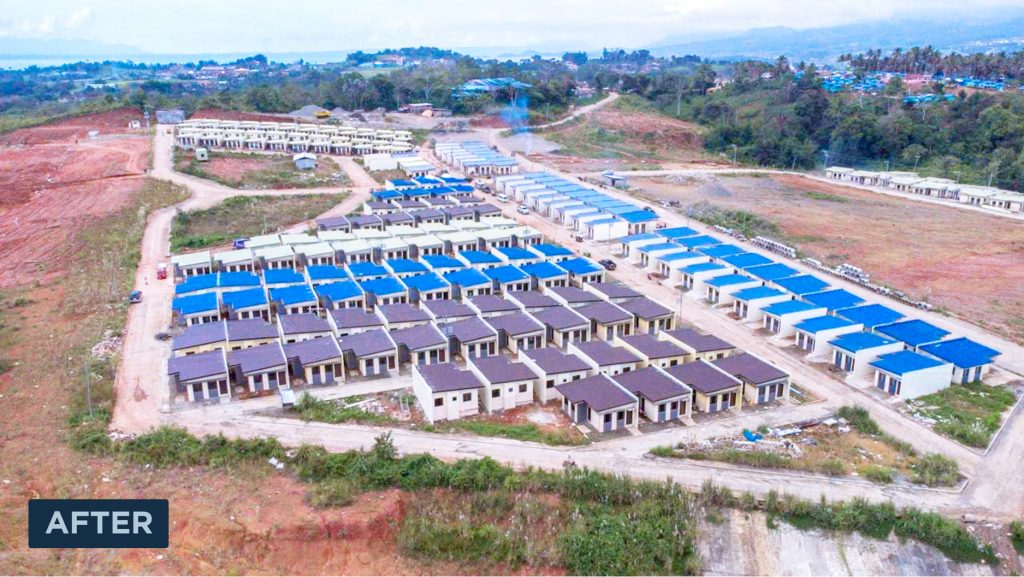
The MRRD-NEO has been holding community consultations and dialogues to ensure that the rebuilding efforts are aligned with the needs and priorities of the city’s residents. The government has also been encouraging the participation of the community in the planning and implementation of the rebuilding efforts.
Challenges in the Rebuilding Efforts
Despite the government’s comprehensive efforts in rebuilding Marawi City, the rebuilding process is not without challenges. One of the main challenges is the slow pace of the reconstruction efforts. The rehabilitation of the city’s infrastructure and properties has been slower than expected, causing delays in the return of the city’s residents to their homes.
Another challenge is the lack of transparency and accountability in the rebuilding process. The government has been criticized for the lack of transparency in the allocation and use of the funds for the rebuilding efforts. There have also been reports of corruption and irregularities in the selection of contractors and suppliers for the rebuilding projects.
Read: Senate urged to probe alleged corruption in Marawi rehab program
In addition, the COVID-19 pandemic has also posed a challenge in the rebuilding efforts. The pandemic has slowed down the delivery of basic services and livelihood programs, affecting the city’s residents who are already struggling to rebuild their lives.
Conclusion
Marawi City’s rebuilding efforts are a testament to the resilience of its people and the government’s commitment to restoring the city’s glory. The government’s comprehensive efforts in rebuilding the city include the reconstruction of the damaged infrastructure, provision of basic services, and addressing the root causes of the conflict.
The government’s efforts are supplemented by international aid and partnerships, as well as the involvement of the community in the rebuilding process. However, the rebuilding process is not without challenges, and the government needs to address the slow pace of the reconstruction efforts and improve transparency and accountability in the rebuilding process.
Despite the challenges, the government’s efforts in rebuilding Marawi City are a step towards creating a more inclusive, peaceful, and sustainable society in the Southern Philippines.

